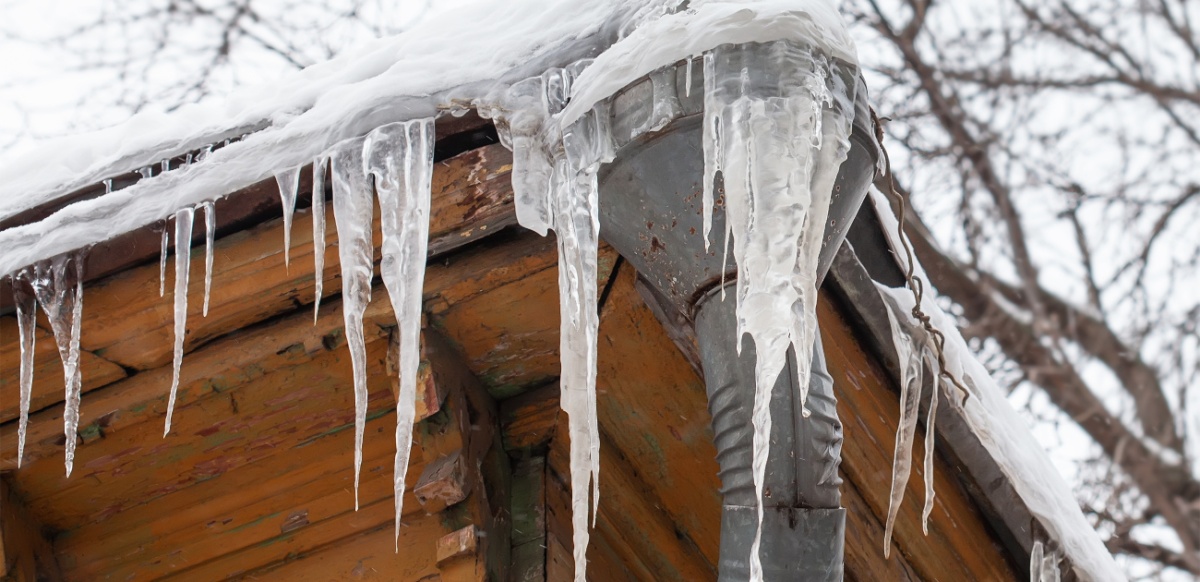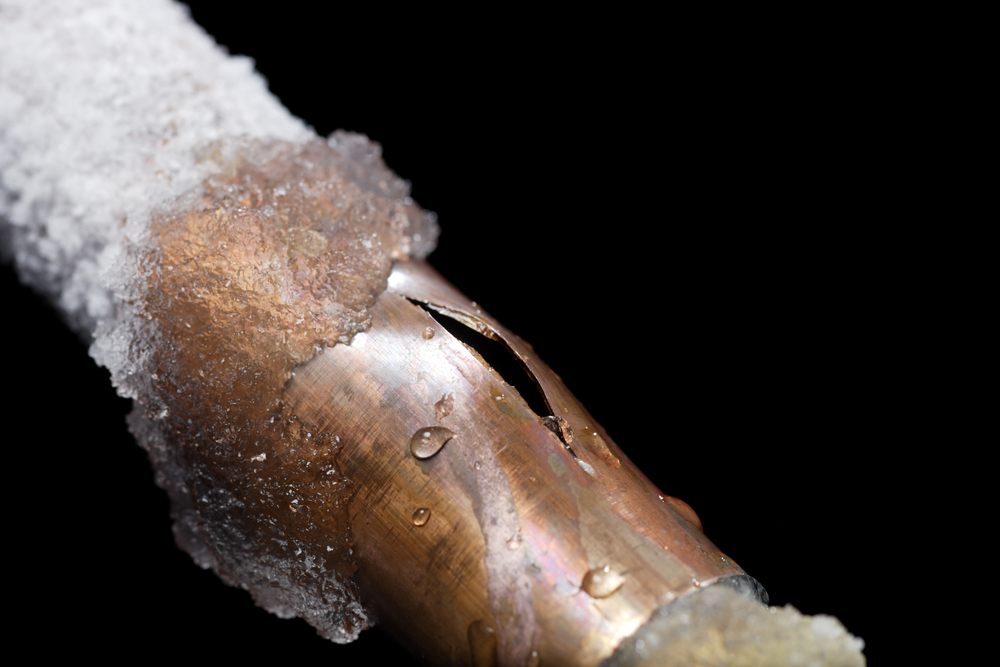Ways to Prevent Frozen Plumbing in Winter: Expert Guidance
Ways to Prevent Frozen Plumbing in Winter: Expert Guidance
Blog Article
Have you been hunting for information and facts on Winter Plumbing Precautions: Preventing Frozen Pipes?

Winter can ruin your pipes, particularly by freezing pipes. Right here's just how to stop it from happening and what to do if it does.
Introduction
As temperature levels decrease, the threat of frozen pipelines boosts, possibly resulting in pricey repair work and water damages. Understanding exactly how to stop frozen pipelines is essential for homeowners in cool climates.
Recognizing Frozen Pipes
What causes pipes to ice up?
Pipelines ice up when revealed to temperatures below 32 ° F (0 ° C) for expanded periods. As water inside the pipes ices up, it expands, putting pressure on the pipe walls and potentially causing them to break.
Threats and damages
Frozen pipelines can cause water supply disturbances, residential property damages, and pricey repairs. Burst pipes can flooding homes and create considerable structural damages.
Indications of Frozen Pipes
Identifying icy pipes early can stop them from breaking.
Just how to identify icy pipelines
Seek decreased water flow from faucets, unusual smells or noises from pipelines, and noticeable frost on revealed pipes.
Prevention Tips
Shielding susceptible pipelines
Wrap pipelines in insulation sleeves or use warmth tape to safeguard them from freezing temperatures. Focus on pipelines in unheated or exterior locations of the home.
Heating strategies
Maintain interior spaces adequately heated up, specifically locations with plumbing. Open up cabinet doors to enable warm air to circulate around pipelines under sinks.
Safeguarding Outside Pipes
Garden hose pipes and outside taps
Separate and drain yard tubes before winter season. Set up frost-proof spigots or cover outside taps with insulated caps.
What to Do If Your Pipes Freeze
Immediate activities to take
If you think icy pipelines, maintain taps open to ease pressure as the ice thaws. Use a hairdryer or towels taken in warm water to thaw pipes gradually.
Long-Term Solutions
Structural modifications
Think about rerouting pipelines away from outside wall surfaces or unheated areas. Add additional insulation to attic rooms, basements, and crawl spaces.
Upgrading insulation
Purchase top quality insulation for pipelines, attics, and walls. Correct insulation assists maintain regular temperature levels and lowers the risk of icy pipelines.
Final thought
Stopping icy pipes requires proactive actions and fast feedbacks. By recognizing the reasons, indications, and preventive measures, property owners can safeguard their plumbing throughout cold weather.
5 Ways to Prevent Frozen Pipes
Drain Outdoor Faucets and Disconnect Hoses
First, close the shut-off valve that controls the flow of water in the pipe to your outdoor faucet. Then, head outside to disconnect and drain your hose and open the outdoor faucet to allow the water to completely drain out of the line. Turn off the faucet when done. Finally, head back to the shut-off valve and drain the remaining water inside the pipe into a bucket or container. Additionally, if you have a home irrigation system, you should consider hiring an expert to clear the system of water each year.
Insulate Pipes
One of the best and most cost-effective methods for preventing frozen water pipes is to wrap your pipes with insulation. This is especially important for areas in your home that aren’t exposed to heat, such as an attic. We suggest using foam sleeves, which can typically be found at your local hardware store.
Keep Heat Running at 65
Your pipes are located inside your walls, and the temperature there is much colder than the rest of the house. To prevent your pipes from freezing, The Insurance Information Institute suggests that you keep your home heated to at least 65 degrees, even when traveling. You may want to invest in smart devices that can keep an eye on the temperature in your home while you’re away.
Leave Water Dripping
Moving water — even a small trickle — can prevent ice from forming inside your pipes. When freezing temps are imminent, start a drip of water from all faucets that serve exposed pipes. Leaving a few faucets running will also help relieve pressure inside the pipes and help prevent a rupture if the water inside freezes.
Open Cupboard Doors
Warm your kitchen and bathroom pipes by opening cupboards and vanities. You should also leave your interior doors ajar to help warm air circulate evenly throughout your home.

As a serious reader on Helpful Tips to Prevent Frozen Pipes this Winter, I was thinking sharing that piece of content was a good thing. Are you aware of another individual who is looking into the topic? Take a moment to promote it. We truly appreciate reading our article about Prevent Frozen Pipes .
Schedule Your Job Now Report this page